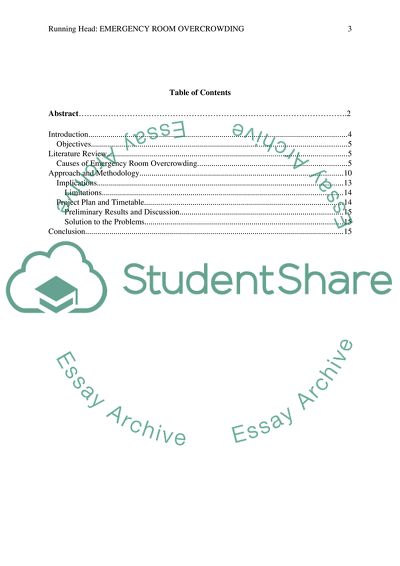Cite this document
(The Problem of Emergency Room Overcrowding Research Proposal, n.d.)
The Problem of Emergency Room Overcrowding Research Proposal. Retrieved from https://studentshare.org/health-sciences-medicine/1567317-emergency-room-overcrowding
The Problem of Emergency Room Overcrowding Research Proposal. Retrieved from https://studentshare.org/health-sciences-medicine/1567317-emergency-room-overcrowding
(The Problem of Emergency Room Overcrowding Research Proposal)
The Problem of Emergency Room Overcrowding Research Proposal. https://studentshare.org/health-sciences-medicine/1567317-emergency-room-overcrowding.
The Problem of Emergency Room Overcrowding Research Proposal. https://studentshare.org/health-sciences-medicine/1567317-emergency-room-overcrowding.
“The Problem of Emergency Room Overcrowding Research Proposal”. https://studentshare.org/health-sciences-medicine/1567317-emergency-room-overcrowding.


